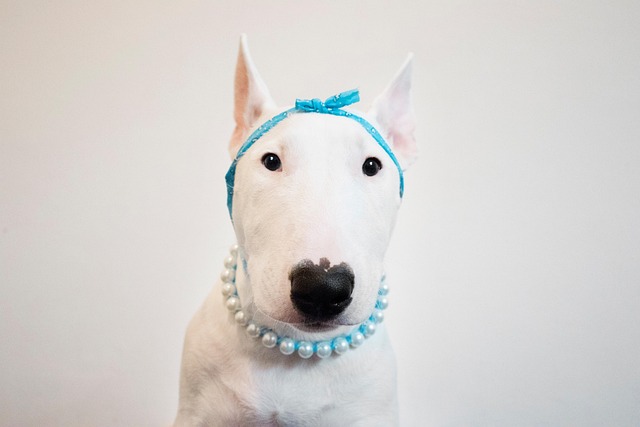
Is it normal for dogs to not eat after dental cleaning?
Many dog owners notice their pups turning up their noses at food after a dental cleaning, and it’s easy to panic. But in most cases, this temporary loss of appetite is actually quite common.
Discovering a fresh set of tooth marks on your coffee table or a mangled sofa corner can feel like a personal betrayal, especially if your dog has never shown this behavior before. Your first reaction might be frustration, but it’s crucial to shift your mindset from “Why are they ruining my things?” to “What are they trying to tell me?” A sudden onset of destructive chewing is rarely a behavioral regression for no reason; it’s almost always your dog’s way of communicating that something in their physical or emotional world is out of balance. This isn't a training problem to be punished; it's a symptom of a deeper issue that needs your detective work.
The very first step, before any training, is an immediate veterinary checkup. A sudden change in behavior like this can be the primary signal of an underlying medical problem. Pain from dental issues like an abscessed tooth or gum disease can drive a dog to chew to alleviate the discomfort. Other possibilities include nutritional deficiencies that create pica (a craving for non-food items), or gastrointestinal upset that leads to frantic eating of odd materials. Ruling out a medical cause is your absolute priority. Once cleared by your vet, you can investigate behavioral triggers. The most common culprits are a sudden increase in alone time (a shift in your work schedule), a lack of adequate mental and physical exercise, or an anxiety trigger you haven’t identified, like a new noise from a nearby construction site that startles them when you’re gone.
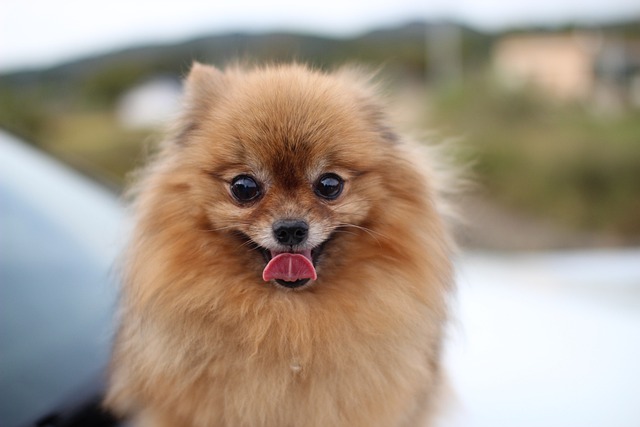
Your approach must be one of compassionate problem-solving, which is the bedrock of modern animal welfare standards. Yelling at your dog or using punitive measures like muzzling them unsupervised or applying hot sauce to your furniture is not only ineffective but culturally unacceptable and could be seen as neglect. These actions will only add fear and stress to whatever the original problem was, potentially making the chewing worse. Your role as a responsible owner extends to all aspects of their life. The stress of this new behavior might mean more focused walks to burn energy. Before those walks, double-check that your dog’s license and rabies vaccination are current—this is a legal requirement in all 50 states and your first responsibility as a community member. And on those walks, the obligation to carry poop bags and clean up immediately isn’t just about courtesy; it’s a municipal law in most American cities and a fundamental part of maintaining access to shared spaces.
For apartment dwellers in cities like San Francisco or Chicago, this new chewing habit is a direct threat to your lease and neighborly relations. The sound of a dog gnawing on a baseboard can easily travel to adjacent units. Proactive management is non-negotiable; using a crate or a secure pen when you cannot supervise is the kindest way to prevent the behavior from becoming a habit while you investigate the cause. Your community etiquette is also part of the solution. A dog that is anxious enough to chew furniture may also be more reactive on leashed walks. Be hyper-vigilant in lobbies and elevators, keeping your dog close and using a cue like “We’re working on it” to politely ask for space from neighbors. By responding to this sudden chewing not with anger but with curiosity and care, you’re not just protecting your possessions; you’re advocating for your dog’s well-being and strengthening your bond.

Many dog owners notice their pups turning up their noses at food after a dental cleaning, and it’s easy to panic. But in most cases, this temporary loss of appetite is actually quite common.
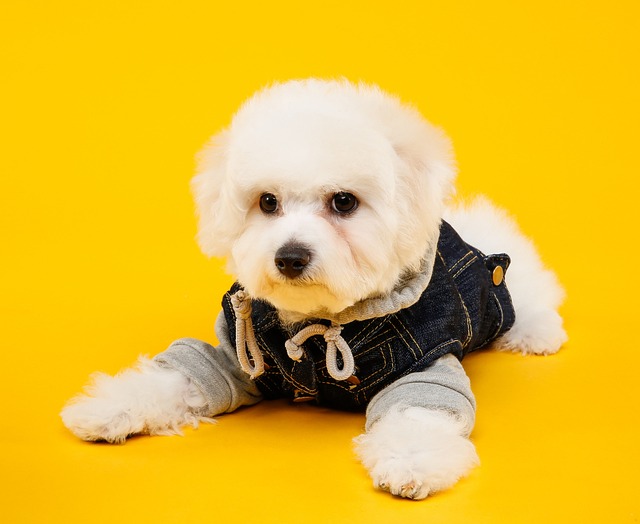
Bichon Frise, with their fluffy white coats and playful personalities, are beloved companions in many households. But their small size and sensitive digestive systems mean certain foods that might be fine for other breeds can pose serious risks.
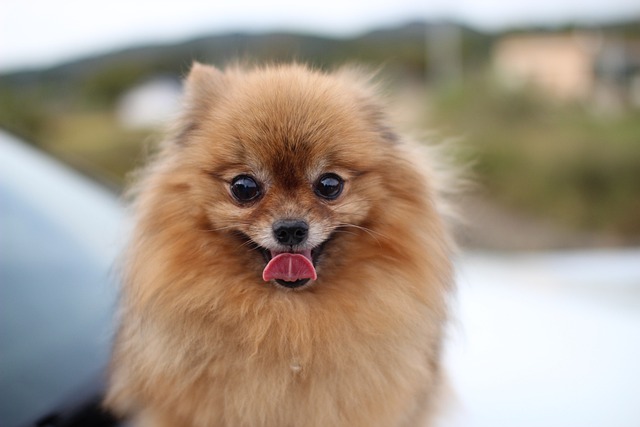
Imagine you’re in your Boston apartment on a frigid February evening—your 9-month-old Beagle mix, Ruby, limps through the door after a potty walk, lifting her front paw and whimpering.
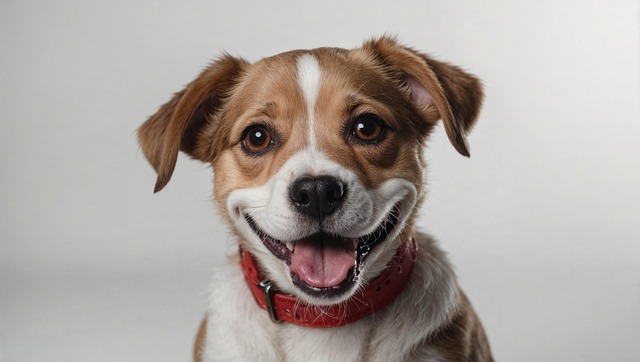
Dog’s face is a sensitive area—any scratch or cut there can turn into a bigger problem if they can’t stop pawing at it. You’ve probably noticed the cycle: they nudge the wound with a paw, wince, then do it again like they can’t help themselves.

Discovering a fresh set of tooth marks on your coffee table or a mangled sofa corner can feel like a personal betrayal, especially if your dog has never shown this behavior before.
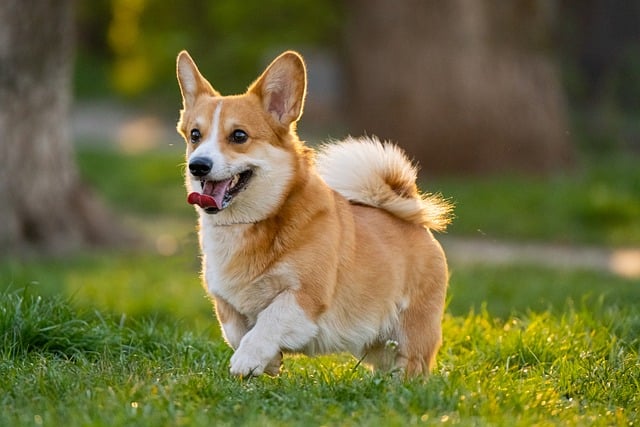
Dogs hiding food instead of eating it isn’t just a quirky habit—there’s often a story behind those buried kibbles or stashed treats.